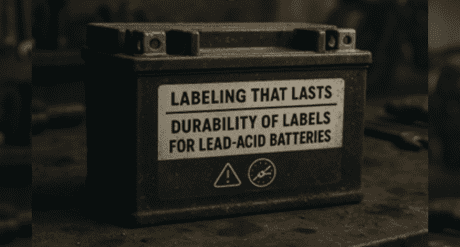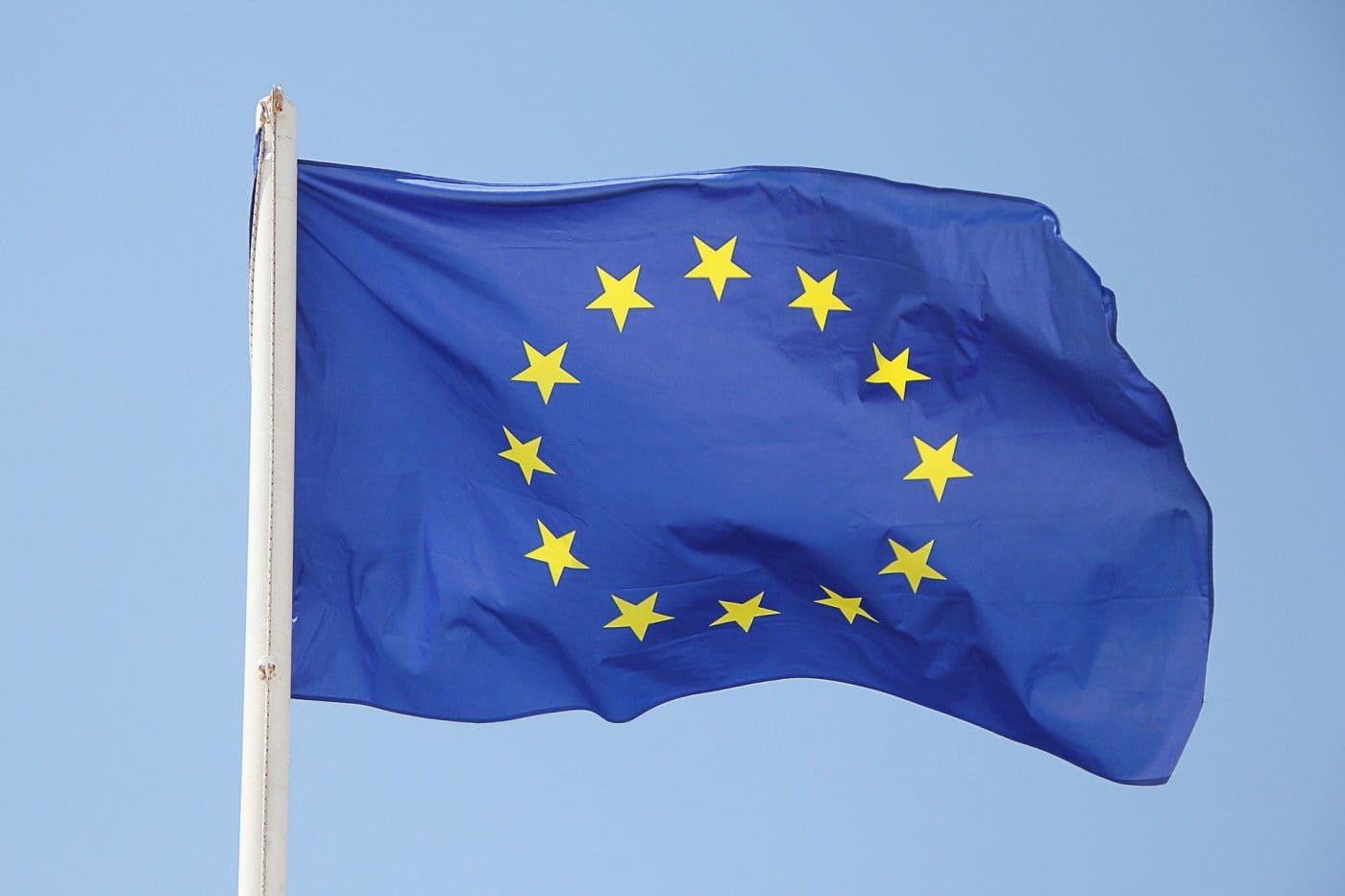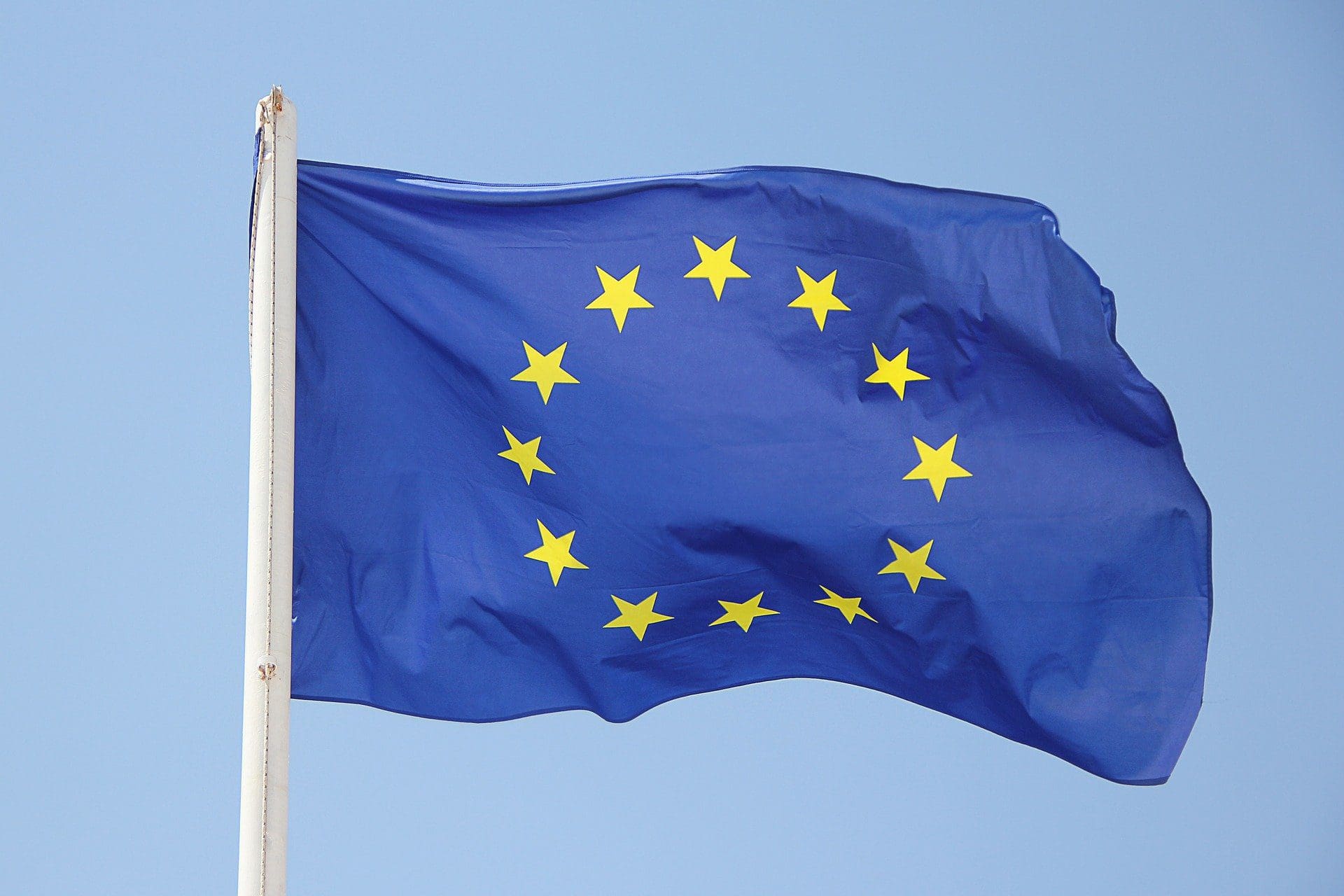
REACH: Member States Vote for Nanomaterials and Safer Textiles Clarity


Nanomaterials:
REACH has always applied to nanomaterials, but did not contain specific provisions for them, which is why companies often did not know how to register substances in nanoform. The specific requirements will address the current knowledge gap on which substances registered under REACH are placed on the market as nanomaterials and in which quantities. They will also provide information on their basic characteristics, use, how to handle them safely, what risks they potentially pose to health and the environment, and how these risks can be adequately controlled. The draft Commission Regulations with the revised annexes will now be submitted for a 3-month scrutiny by the European Parliament and Council before being adopted by the European Commission.
Under REACH, all manufacturers and importers of chemicals have a general obligation to register to the European Chemicals Agency each substance manufactured or imported in quantities of 1 tonne or more per year per company (legal entity). In the registration dossier, they must identify the risks that are linked to the substances they produce and market and indicate how these risks are managed.
CMRs in textiles:
The CMR (Carcinogenic, Mutagenic or Toxic for reproduction) substances to be banned under REACH in the Commission proposal may be present in clothing, textiles, and footwear either from the production process or because they have been added intentionally to give specific properties, such as to prevent shrinkage or make fabric crease-resistant. Consumers can be exposed to these hazardous substances through skin contact, inhalation or unintentional ingestion of dust released from the textile fibres. Small children are also at risk due to a possible oral exposure.
The Commission proposes to limit the exposure to 33 CMR chemicals by restricting the placing on the market containing them. As from the entry into force of the restriction, clothing and related articles, textiles and footwear containing the listed substances, whether they are produced within the EU or imported into the EU, are not allowed to be placed on the EU market. The proposal follows discussions with relevant stakeholders, in particular citizens, public authorities, industry and trade associations, NGOs and Member States’ representatives. After scrutiny by the Parliament and Council and after publication in the Official Journal of the EU, it will become applicable in the following 24 months.
Restrictions are regulatory measures to protect human health and the environment from unacceptable risks posed by chemicals. Restrictions may limit or ban the manufacture, placing on the market or use of a substance. A restriction can apply to any substance on its own, in a mixture or in an article, including those that do not require registration. Restrictions setting out conditions for the placing on the market of substances apply to both domestic production and imports.
For more information, please visit http://ec.europa.eu/environment/chemicals/news_en.htm.
If you would like to find out how you can stay on top of changes to hazardous substance regulations around the world, Talk To Us today!








